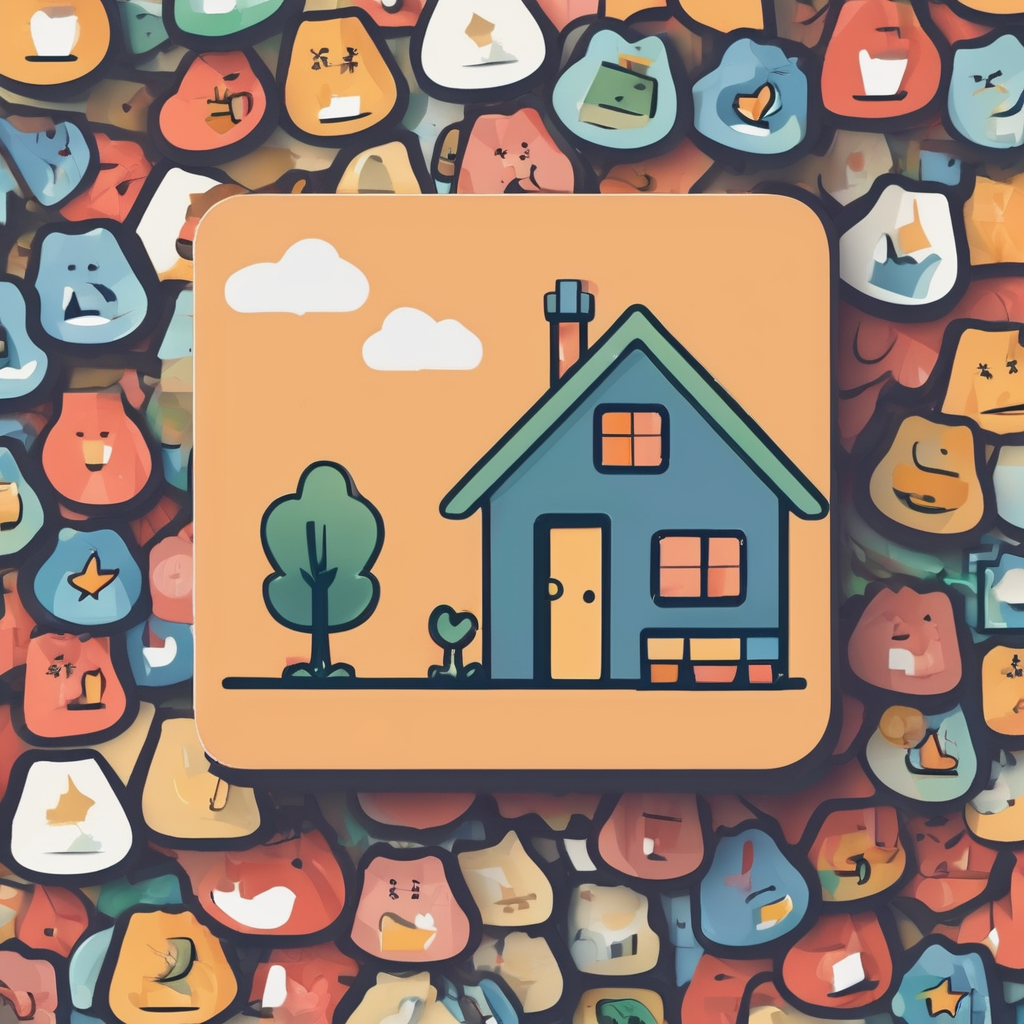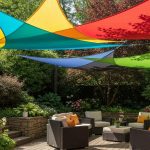Understanding Pet-Safe Gardens
Creating a pet-safe garden is essential for the well-being of your furry companions. Ensuring that your outdoor space is secure involves thoughtful design and plant selection. By integrating native UK plants, you can achieve a harmonious environment that is both aesthetically pleasing and safe for pets.
Importance of Designing a Pet-Safe Environment
A pet-safe garden requires attention to detail, particularly in choosing non-toxic plants and ensuring the space is free of hazards. This involves understanding which elements could pose threats to your pets and finding ways to mitigate these risks.
Topic to read : Revamp your sheffield garden: affordable ideas for creating a welcoming outdoor dining area
Overview of Native UK Plants that are Non-Toxic
Native UK plants have evolved to fit the local climate and soil conditions, often requiring less maintenance. Choosing non-toxic varieties, such as lavender and rosemary, ensures safety while adding natural beauty. These plants not only thrive in UK gardens but are also free from substances that could harm your pets.
Key Considerations for Ensuring Garden Safety for Pets
To maximize outdoor safety, ensure there are no sharp objects, toxic plants, or open bodies of water unsupervised. Paths should be even to prevent tripping, and barriers might be necessary to keep pets away from delicate plants. Integrating these elements thoughtfully ensures a safe and enriching environment for your pets.
This might interest you : Unlock hidden potential: ingenious storage ideas for your portsmouth townhouse”s under-stair areas!
Selecting Native UK Plants for Safety and Aesthetics
Creating a pet-friendly garden involves choosing native UK plants that enhance both safety and visual appeal. Native plants not only fit seamlessly into the local ecosystem but also require less maintenance, making them ideal for busy pet owners.
Benefits of Native Plants
Native plants UK provide numerous ecological advantages. They are naturally adapted to the local soil and climate, reducing the need for chemical interventions like fertilizers and pesticides. Moreover, these plants attract local wildlife and pollinators, contributing to a thriving garden ecosystem. This self-sustaining environment supports pet safety by minimizing exposure to toxic chemicals.
Top Pet-Safe Native Plants
Several native plants are known for being pet-friendly. For instance, Bluebells offer a stunning seasonal display and thrive in shaded areas. Hawthorn, with its vibrant flowers and berries, can be a hardy addition. Rowan trees are another excellent choice, providing both beauty and shade without posing a risk to pets. Each of these plants complements a garden’s aesthetic while ensuring a non-toxic atmosphere.
Planting Strategies
Effective garden design employs thoughtful planting strategies. Ensure appropriate spacing to allow each species room to flourish. Companion planting techniques enhance visual balance and biodiversity. Consider seasonal variations for a consistently inviting garden oasis throughout the year.
Design Tips for a Charming Garden Oasis
Crafting a garden oasis involves thoughtful garden design tips to create a pet-friendly outdoor retreat. Begin by establishing distinct zones within your garden to serve various purposes, such as play and relaxation areas. This approach enhances functionality for both pets and humans, making your space versatile and engaging.
Incorporate a mix of color, texture, and height to create visual diversity. Use vibrant blooms and lush foliage that not only captivate the eye but are also safe for pets. Layering plants with varying heights can create depth, while the selection of pet-friendly landscaping ensures that your garden remains secure.
Water features and pathways can be beautiful additions, but must be integrated safely. Ensure that water elements are shallow and supervised, while pathways should be even and non-toxic materials should be used. These considerations contribute to both the aesthetic appeal and overall safety of your garden.
Ultimately, a well-designed garden oasis stresses balance, allowing for spaces that are both beautiful and functional, catering to the needs of your pets while providing a serene outdoor escape.
Maintenance of Your Pet-Friendly Garden
Ensuring a thriving pet-safe garden requires careful, ongoing care. To maintain both safety and vitality, focus on the unique needs of native UK plants alongside overall outdoor safety measures.
Routine Care for Native Plants
Native plants generally need less attention, yet consistent garden maintenance is crucial. Establish a watering schedule appropriate to the specific requirements of each plant type. Opt for organic pest control methods, keeping chemicals out of your garden and safeguarding the health of both plants and pets. Additionally, practice seasonal pruning and deadheading—they are essential strategies to promote plant health throughout the year.
General Maintenance Tips
Select non-toxic mulching options to support plant care while ensuring pet safety. Paths should be consistently monitored and kept clear to prevent tripping hazards. Whether it’s debris from the garden itself or visiting wildlife, regularly inspect your garden for any potential threats to the safety of your pets. This proactive approach preserves both the beauty and the security of your space, ensuring a safe environment for your furry companions.
Case Studies of Successful Pet-Safe Gardens
Exploring real-life pet-friendly examples can inspire your garden layout. Gaining insights from established designs helps understand effective strategies.
A recent study featured various garden layouts across the UK, showcasing how practical garden design can lead to both aesthetically pleasing and pet-safe gardens. For example, one garden utilised a combination of scented herbs and evergreen shrubs as a protective border, ensuring pets couldn’t access potentially harmful areas.
In another case, the inspiring design involved raised planter beds, which prevented pets from uprooting plants and provided a dynamic structure to the garden. This setup not only maintained safety but also reinforced a striking visual layout.
Lessons learned from these examples include the importance of selecting pet-friendly plants, ensuring proper fencing and barriers, and incorporating diverse textures and heights that deter pets from damaging the flora. These considerations showcase practical solutions from successful pet-safe garden setups and demonstrate the impact of thoughtful planning on garden design. Embracing these established techniques can assist in crafting a harmonious and secure outdoor space for your pets.
Visual Inspiration and Resources
Visual stimuli can transform the way we approach garden inspiration. Engaging with a variety of design resources is essential to spark ideas. For instance, browsing through plant visuals can provide clarity on how plants interact aesthetically within a space. These visuals help gardeners visualise how various elements come together harmoniously.
Compiling educational materials and guides is a practical strategy for enhancing your gardening skills. Such guides often include detailed breakdowns of common garden challenges and innovative solutions. By diving deeper into these resources, you’re equipped with the knowledge to effectively manage pet-safe gardens.
Being part of community resources, like local gardening groups, fosters a network where ideas and experiences are shared. Participation in these groups offers insight into successful native UK plant arrangements or methods for enhancing outdoor safety. This community-driven support can be invaluable for both novice and experienced gardeners seeking to create a thriving garden environment.
By utilising both visual inspirations and educational resources, you’re empowered to design a garden that’s not only safe but also rich in character and practicality. This informed approach ensures a beautiful and sustainable outdoor haven that caters to both human and pet needs.

